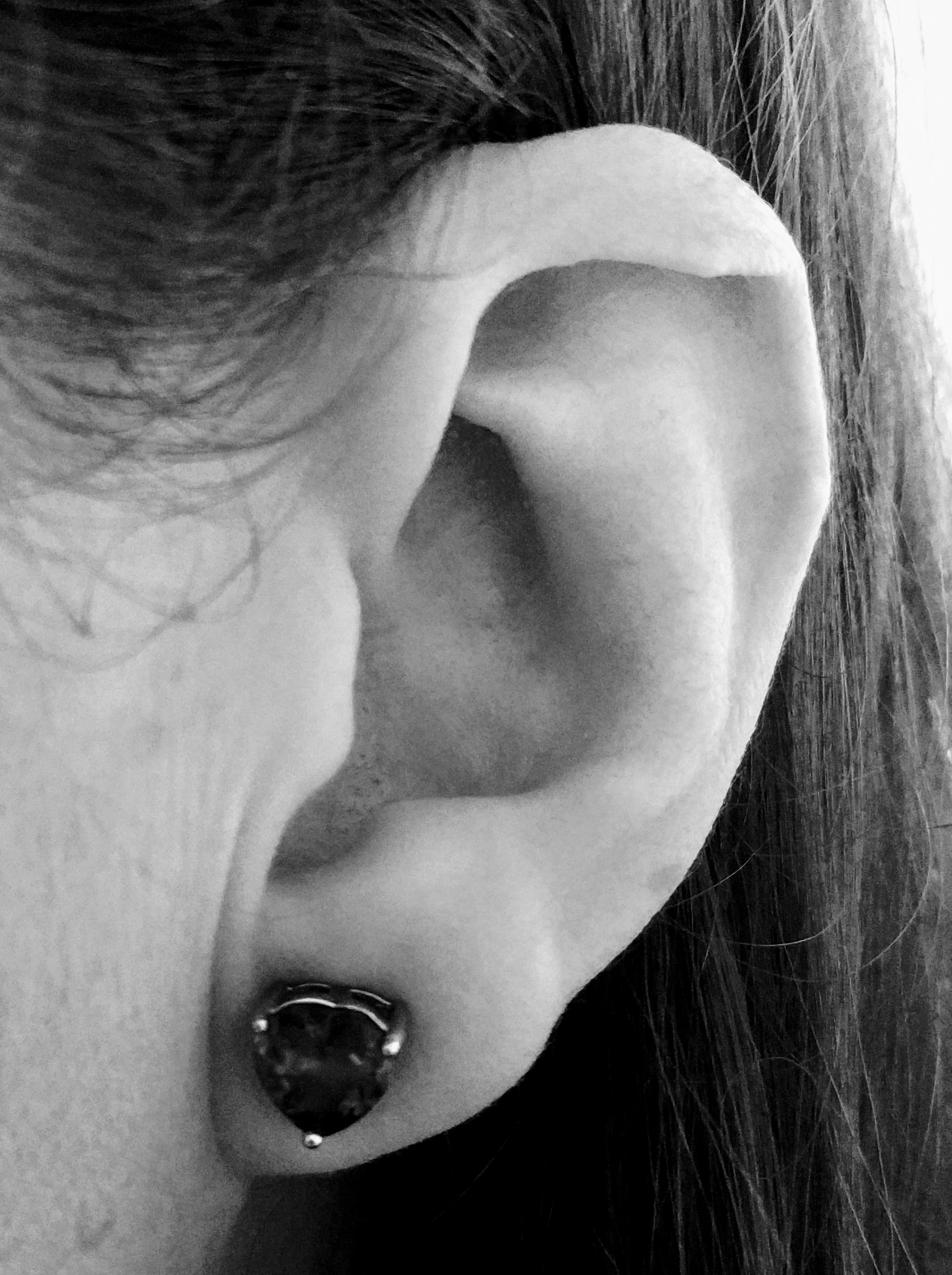Darwin's tubercle on:
[Wikipedia]
[Google]
[Amazon]
 Darwin's tubercle (or auricular tubercle) is a congenital ear condition which often presents as a thickening on the helix at the junction of the upper and middle thirds.
Darwin's tubercle (or auricular tubercle) is a congenital ear condition which often presents as a thickening on the helix at the junction of the upper and middle thirds.
 This
This
 Darwin's tubercle (or auricular tubercle) is a congenital ear condition which often presents as a thickening on the helix at the junction of the upper and middle thirds.
Darwin's tubercle (or auricular tubercle) is a congenital ear condition which often presents as a thickening on the helix at the junction of the upper and middle thirds.
History
 This
This atavistic
In biology, an atavism is a modification of a biological structure whereby an ancestral genetic trait reappears after having been lost through evolutionary change in previous generations. Atavisms can occur in several ways; one of which is when ...
feature is so called because its description was first published by Charles Darwin
Charles Robert Darwin ( ; 12 February 1809 – 19 April 1882) was an English naturalist, geologist, and biologist, widely known for his contributions to evolutionary biology. His proposition that all species of life have descended ...
in the opening pages of '' The Descent of Man, and Selection in Relation to Sex'', as evidence of a vestigial
Vestigiality is the retention, during the process of evolution, of genetically determined structures or attributes that have lost some or all of the ancestral function in a given species. Assessment of the vestigiality must generally rely on co ...
feature indicating common ancestry among primates which have pointy ears. However, Darwin himself named it the Woolnerian tip, after Thomas Woolner, a British sculptor who had depicted it in one of his sculptures and had first theorised that it was an atavistic feature.
Prevalence
The feature is present in approximately 10.4% of the Spanish adult population, 40% of adults in India, and 58% of Swedish school children. This acuminate nodule represents the point of themammal
Mammals () are a group of vertebrate animals constituting the class Mammalia (), characterized by the presence of mammary glands which in females produce milk for feeding (nursing) their young, a neocortex (a region of the brain), fur ...
ian ear. The trait can potentially be bilateral, meaning present on both ears, or unilateral, where it is present on only one ear. There is mixed evidence in regard to whether the bilateral or unilateral expression is related to population, or other factors. Some populations express full bilateral, while others may express either unilateral or bilateral. However, bilateral appears to be more common than unilateral as it pertains to the expression of the trait.
Inheritance
The gene for Darwin's tubercle was once thought to be inherited in anautosomal dominant
In genetics, dominance is the phenomenon of one variant (allele) of a gene on a chromosome masking or overriding the effect of a different variant of the same gene on the other copy of the chromosome. The first variant is termed dominant and t ...
pattern with incomplete penetrance, meaning that those who possess the allele (version of a gene) will not necessarily present with the phenotype. However, genetic and family studies have demonstrated that the presence of Darwin's tubercle may be more likely to be influenced by one's environment or developmental accidents than it is by genetics alone. There is no clear argument for whether the trait has significance in sexual dimorphism studies or age related studies. In some studies, there is clear data that Darwin's tubercle is not associated with sex. In contrast, others indicate that there is a correlation with sexual dimorphism between men and women, where men tend to have the tubercle more than women in some populations. Two studies indicate that older men tend to have greater expression of Darwin's tubercle than do older women.
See also
* Human vestigialityReferences
External links
{{Authority control Ear Human anatomy Anatomy named for one who described it